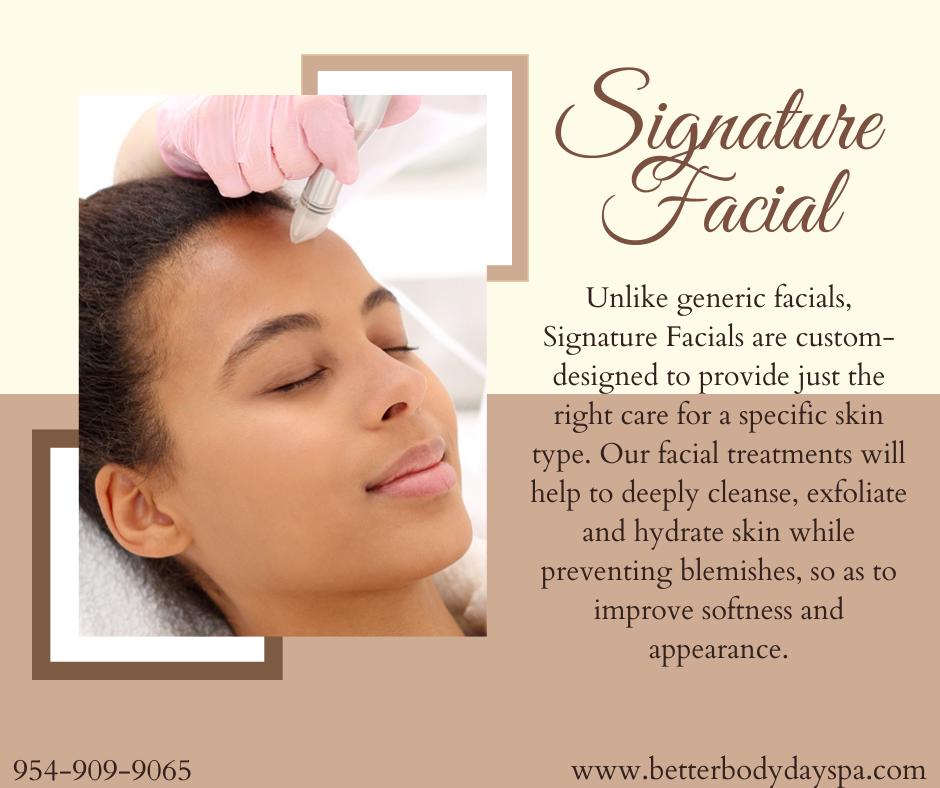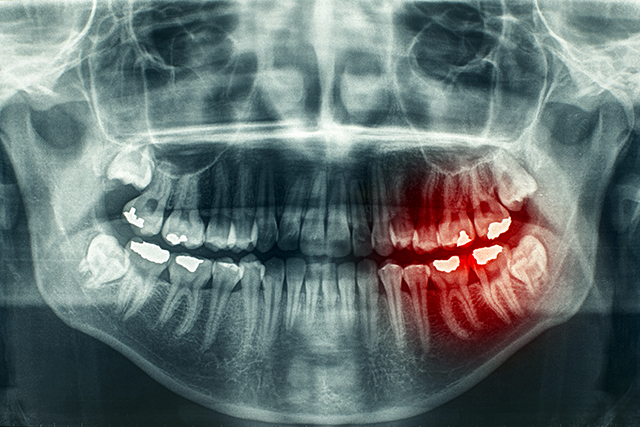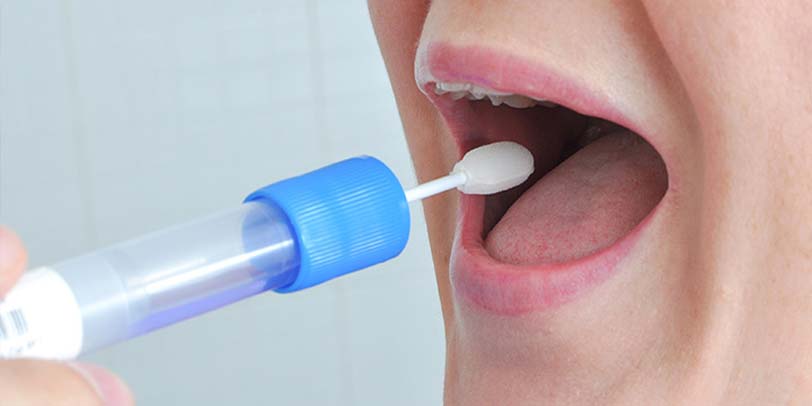What Helps Acne? Facials For Clear Skin

Acne, a skin condition characterized by the occurrence of comedones (blackheads and whiteheads), pimples, and sometimes cysts or nodules, affects millions of people worldwide, regardless of age. It is primarily caused by the clogging of pores due to dead skin cells and oil, leading to bacterial infection and inflammation. Among various treatments and remedies, facials have emerged as a beneficial approach to help manage and reduce acne, promoting clear and healthy skin. In this comprehensive overview, we will delve into the specifics of how facials can contribute to clearer skin, the different types of facials suitable for acne-prone skin, and additional tips for maintaining a skincare routine that complements facial treatments.
Understanding Acne and Its Causes
Before exploring the benefits of facials for acne, it’s essential to understand the condition and its underlying causes. Acne is not just a teenage issue but can affect adults as well, often due to hormonal changes, stress, certain medications, and genetics. The primary factors contributing to acne development include:
- Excessive Oil Production: The sebaceous glands produce sebum, an oily substance that can clog pores if produced in excess.
- Dead Skin Cells: Normally, dead skin cells are shed from the skin’s surface, but in acne, these cells can stick together and clog pores.
- Bacteria: The bacteria Propionibacterium acnes (P. acnes) is naturally found on the skin and can contribute to the development of acne by causing inflammation when pores are clogged.
- Inflammation: The body’s natural response to bacteria and clogged pores, leading to redness, swelling, and sometimes pain.
How Facials Help with Acne
Facials tailored for acne-prone skin are designed to deeply cleanse the pores, reduce inflammation, and prevent future breakouts. Here are several ways facials can help:
- Deep Cleansing: Facials begin with a thorough cleansing, often using products and techniques that penetrate deeper than average skincare routines, ensuring the removal of dirt, bacteria, and excess oil from the pores.
- Exfoliation: Many facials include exfoliation methods, such as chemical peels, microdermabrasion, or enzymatic treatments, which help remove dead skin cells, unclog pores, and promote cell turnover for smoother, brighter skin.
- Reduction of Inflammation: Certain facial treatments, including the application of soothing masks or serums with anti-inflammatory properties, can help reduce redness and swelling associated with acne.
- Extraction: In some facials, especially those targeting acne, extractions may be performed. This involves manually removing blackheads and whiteheads after the skin has been thoroughly cleansed and steamed, making the process less painful and reducing the risk of scarring.
Types of Facials for Acne-Prone Skin
Not all facials are created equal, and for acne-prone skin, some are more beneficial than others. Here are some types worth considering:
- Customized Acne Facial: Tailored to address specific skin concerns, these facials may include a combination of cleansing, exfoliation, extraction, and application of targeted products.
- Chemical Peel Facial: Involves the application of a solution to remove the top layers of the skin, promoting cell turnover, reducing acne scars, and controlling future breakouts.
- Blue Light Therapy Facial: Utilizes blue light to kill P. acnes bacteria, reducing inflammation and preventing new pimples from forming.
- Microdermabrasion Facial: A non-invasive exfoliating treatment that uses fine crystals to remove dead skin cells, improving skin texture and reducing the appearance of fine lines and pores.
Complementary Skincare Routine
While facials can offer significant benefits, maintaining a consistent and appropriate skincare routine at home is crucial for managing acne and enhancing the effects of facial treatments. Key elements of an acne-fighting skincare routine include:
- Gentle Cleansing: Twice a day, use a cleanser formulated for your skin type, massaging it onto damp skin before rinsing thoroughly.
- Exfoliation: Regular exfoliation, either physically (with a scrub) or chemically (with alpha-hydroxy acids or beta-hydroxy acids), helps remove dead skin cells and prevent clogged pores.
- Toning: A toner can help balance the skin’s pH and prepare it for further products.
- Spot Treatment: Apply products containing salicylic acid or benzoyl peroxide directly to pimples or areas of congestion to reduce inflammation and dry out the acne.
- Moisturizing: Even oily skin needs moisturizing to maintain its barrier function. Look for non-comedogenic or oil-free products.
Frequently Asked Questions
How often should I get facials for acne?
+The frequency of getting facials for acne can depend on the severity of your acne and your skin type. Generally, monthly facials can help maintain clear skin and prevent future breakouts. However, for more severe cases, your dermatologist or skincare professional may recommend more frequent treatments.
Can I do facials at home for acne?
+While professional facials offer comprehensive treatments tailored to your skin's specific needs, there are elements of a facial that you can replicate at home. This includes deep cleansing, exfoliating, and applying masks. However, for extractions, chemical peels, and other advanced treatments, it's best to consult a professional to avoid damaging your skin.
How long does it take to see results from facials for acne?
+Results from facials for acne can vary based on the type of facial, the severity of your acne, and how well you maintain your skincare routine at home. Some people may see improvements after a single session, while for others, it may take a series of treatments. Consistency and patience are key, as the goal is not just to clear current acne but to prevent future breakouts.
In conclusion, facials are a valuable tool in the management and treatment of acne, offering deep cleansing, exfoliation, and the potential for extractions, all of which can help reduce current acne and prevent future breakouts. By understanding the causes of acne, selecting the appropriate type of facial, and maintaining a complementary skincare routine, individuals can significantly improve the health and appearance of their skin. Whether you’re dealing with occasional pimples or persistent acne, incorporating facials into your skincare strategy can be a proactive step towards achieving clearer, healthier-looking skin.

